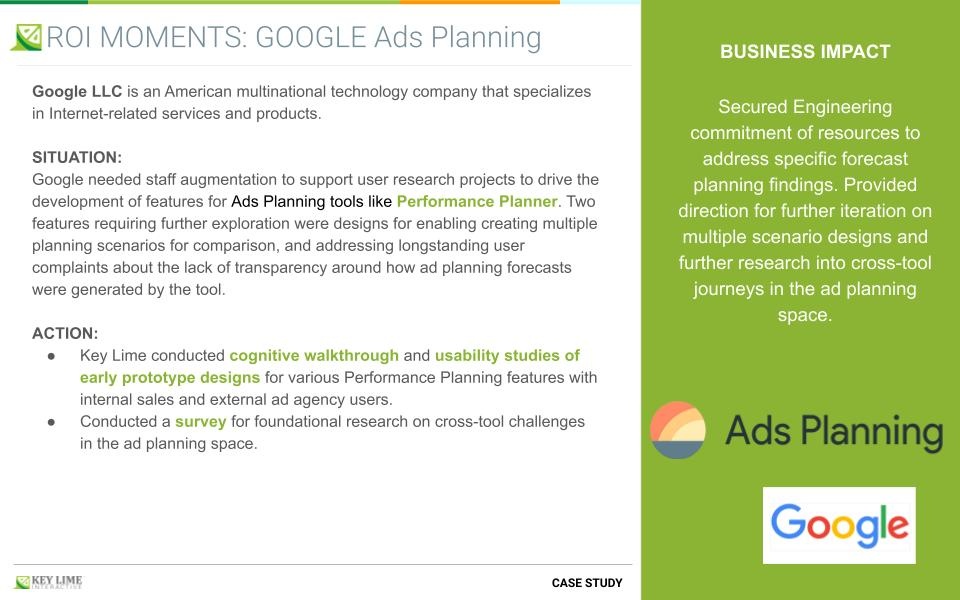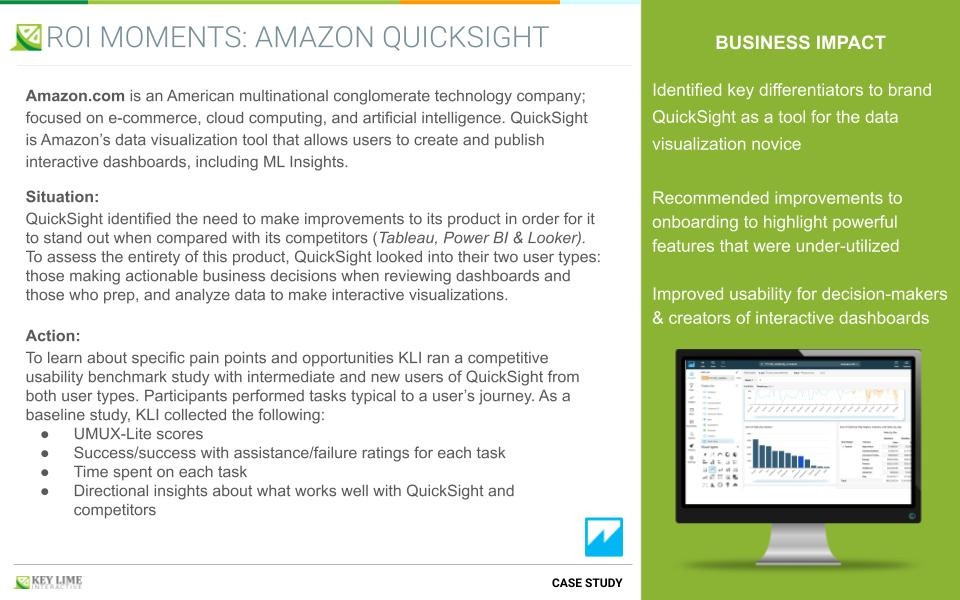
The easiest way to provide a distinction between Foundational vs. Directional Research is to mention that one takes place in the early stages of the product design and development (Foundational), while the other takes place later on in the process (Directional).
While the insights obtained through Foundational User Research provide the most value when the team is still identifying what to build, Directional UX Research insights provide the most value after the team has already identified what to build and is evaluating how to do it in the most efficient way.
Foundational Research
Foundational Research (sometimes referred to as “exploratory” research) focuses on problems or topics that haven't yet been defined with clarity. This type of research is critical in:
- Generate an initial understanding of the field
- Establish priorities
- Explore needs and behaviors of the potential users
- And anticipate and adapt to changes in the competitive landscape
Foundational Research has a great long-term impact but it also requires a significant upfront investment of time and resources. In the short term, it doesn’t always lead to clear, measurable outputs.
Some principles to keep in mind when adopting foundational UX research:
- Product stakeholders engagement - Previous to launching a foundational study, the researcher should start by learning from the product's stakeholders:
- Which topics are the highest priority for the team and why
- Decide whether the methods of foundational research are the best ones to explore these priorities.
- If so, determine the research questions and hypotheses to pursue using multiple methods.
- Come up with a plan for engaging stakeholders and cross-functional partners throughout the studies (at minimum providing regular updates to let them know when they can expect interim and final share-outs of the research).
- Set expectations on short and long-term impact - Foundational research typically takes place over a longer period than other user research studies. It’s good practice to craft a study plan to define the timeline and deliverables.
- Provide interim deliverables throughout the plan - These serve to inform, inspire and motivate. Short-term deliverables may include a literature review or preliminary product recommendations.
- Longer-term deliverables, on the other hand, may include product insights and new knowledge and understanding of users' behaviors.
- Use different formats to deliver insights - One of the foundational research's most common goals is to better understand people, how they’re using (or not using) different technologies, and what their needs are.
- It’s important to determine the most compelling way to share the outcome of the research (i.e. if the stakeholders are most receptive to in-person talks, present it; If the findings lend themselves to text, write it).
- Sharing findings in a variety of formats helps the community understand and internalize them. When presenting controversial findings that diverge from the team’s initial thinking it is good to share multiple data points, walking others through the methods and processes used to arrive at the conclusion.
- Build-in time for reflection - Each phase of the foundational research is an opportunity to troubleshoot and course-correct if needed. A good practice is to keep a document to jot notes about what’s going well, what isn’t, and what should be done differently in the future.
KLI Foundational Research Case Study
Here's an example of how Key Lime Interactive Researchers utilized various research methods including Foundational research, to achieve our client's goal:

Directional Research
On the other hand of the spectrum from Foundational Research, there is “Directional Research”. This is most commonly used to:
- Answer specific, tactical questions
- Shape design applications for a product or a feature
- Evaluates an existing idea, product, or service
Assess if a product or an idea is aligned with user needs
Directional research has a short life span and it is conducted to answer specific usability questions. This type of research generally lives within and is directed by, an agile team. This means that for it to work well, studies need to be kept small and self-contained, should answer one specific question, or validate one specific hypothesis.
The output of Directional research should be a specific yes/no answer, or a ready-to-implement recommendation (not a 50-page report)
Directional Research Case Study
View this example of directional insights Key Lime Interactive provided Amazon for a specific research project:
UX Research Conclusion
In summary, UX research can’t be rushed but it also can’t be uncapped. Even though some research activities might take longer than others, it’s most important to discern between the need for research that provides value at the moment vs research that pays off in the long run, which is why creating a long-term UX research strategy is crucial.
Foundational research methods will help you decide where you want to go, while directional methods will give you turn-by-turn directions for how to get there. Speak to a Key Lime Interactive research expert to learn about which type of UX research will be best suited for your project.










Comments
Add Comment